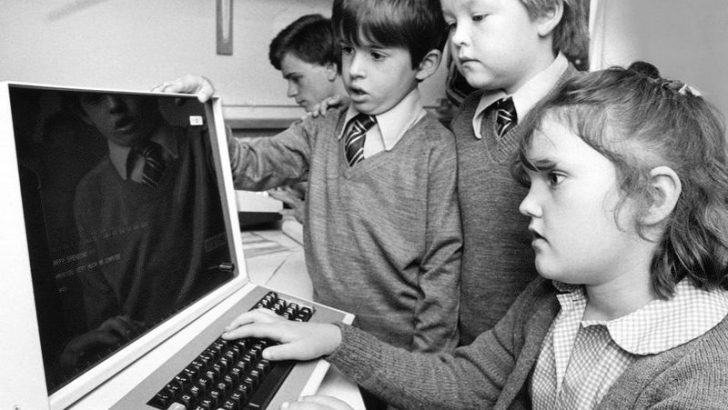The 1960s was a time of remarkable change and innovation, but many everyday items from that era would leave today’s kids scratching their heads. From rotary phones to record players, let’s explore the technologies and trends that were once ubiquitous but are now relics of a bygone era.
1. Rotary Phone
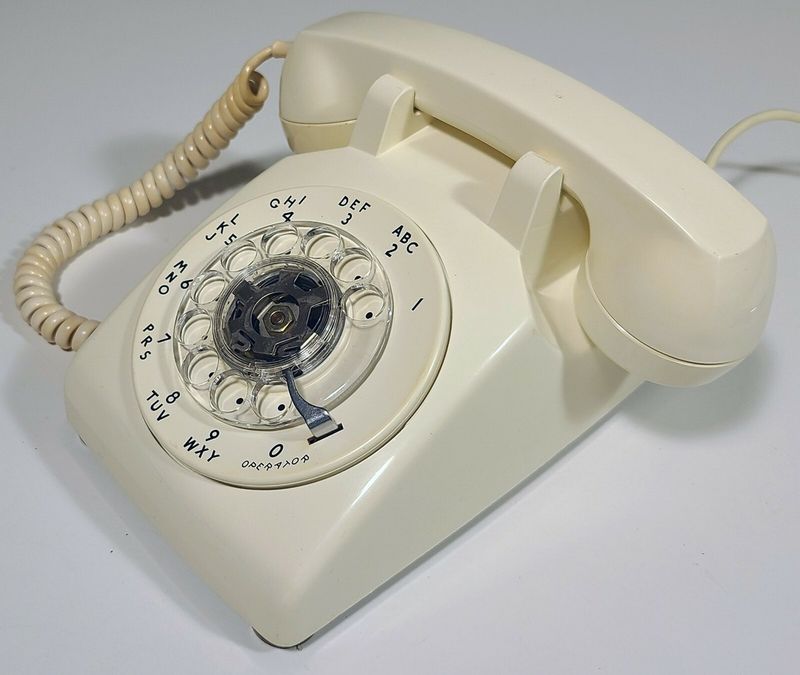
Imagine dialing a friend’s number, but instead of pressing buttons, you turn a circular dial. Rotary phones were the norm in the 1960s, with their iconic clicking sound. These devices required patience as each number had to be dialed individually.
The tactile experience of using a rotary phone is something today’s touchscreen generation might find frustratingly slow.
Though these phones were once a staple in every home, they have since become a charming relic of the past, often found in movies or themed restaurants.
2. Vinyl Record Player
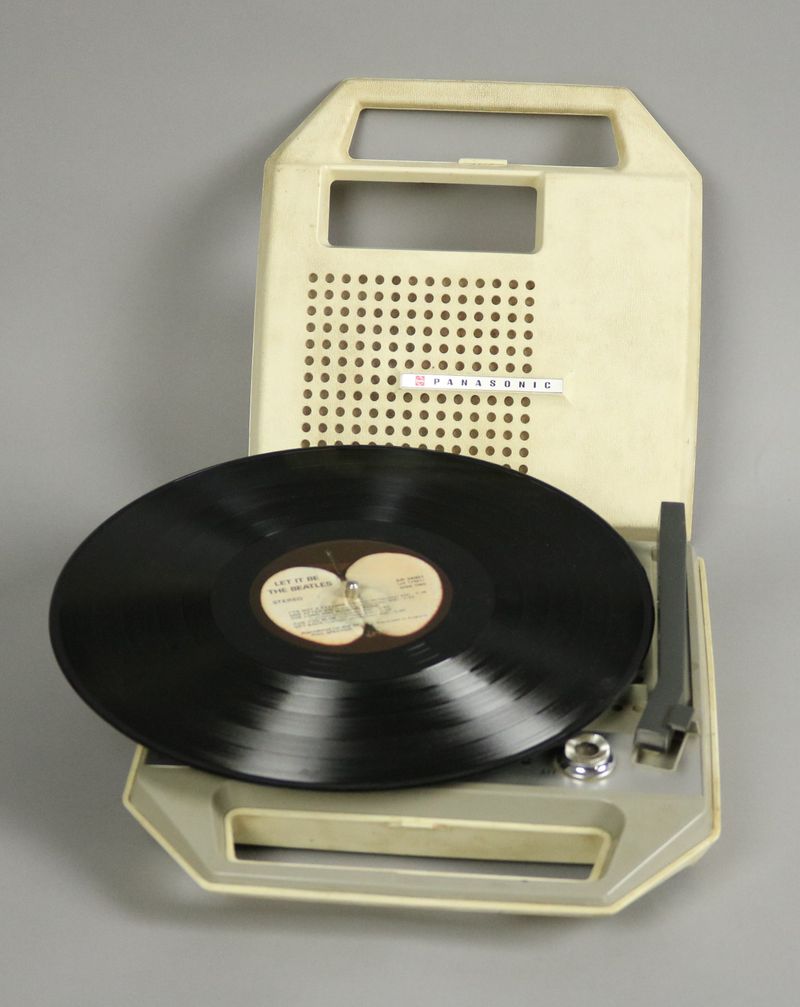
Before playlists and streaming, music lovers spun vinyl records on turntables. The crackling sound of a needle touching the record was music to the ears of many. This analog way of enjoying music required flipping the record to hear both sides.
Vinyl provided a tangible connection to the music, unlike today’s digital files. It demanded careful handling to prevent scratches that could skip songs or distort sound.
Though vinyl has made a nostalgic comeback, the ritual of selecting and playing a record remains a curious novelty for today’s digital natives.
3. Typewriter
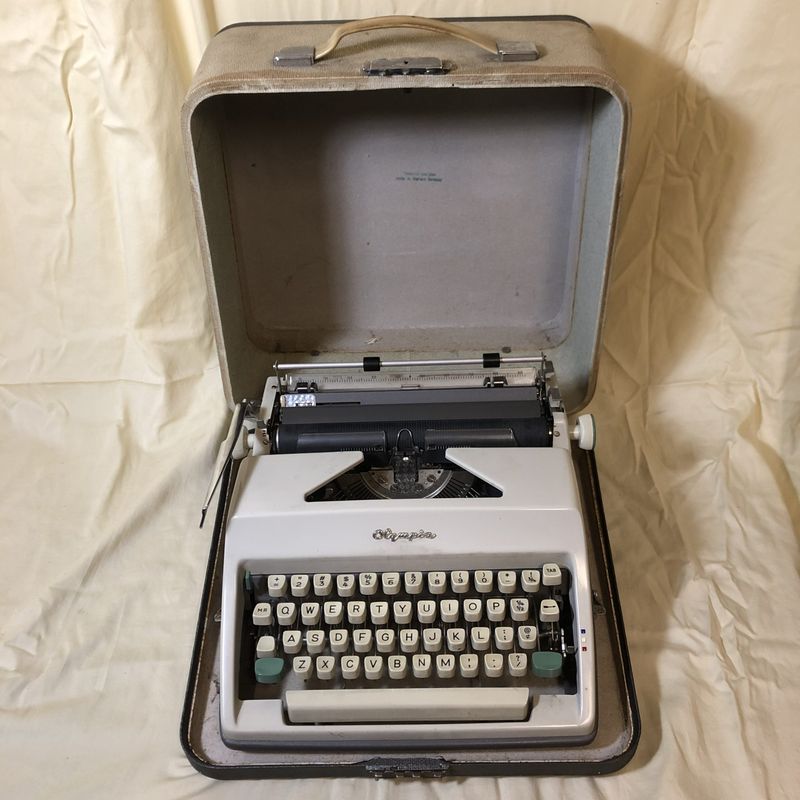
Clickety-clack went the keys of the typewriter, the precursor to modern keyboards. These mechanical devices required a strong touch to imprint each letter onto paper.
Errors were permanent, often needing correction tape or starting over. Unlike computers, typewriters offered no spell check, making precision paramount.
The rhythmic sound of typing on a typewriter was once the soundtrack of offices worldwide, creating a unique atmosphere that modern technology just can’t replicate.
Today, the typewriter stands as a symbol of literary creativity and patience.
4. Slide Projector

Gather around and watch the memories unfold as the slide projector clicks through images. This was how families shared vacation snaps or how educators presented lessons.
Slides were loaded into a carousel, and each image magnified on a screen or wall. The whirring fan and soft click of changing slides were unmistakable.
Digital presentations have replaced this bulky device, but the slide projector evokes nostalgia for group gatherings and the shared experience of viewing images together.
5. Milk Delivery
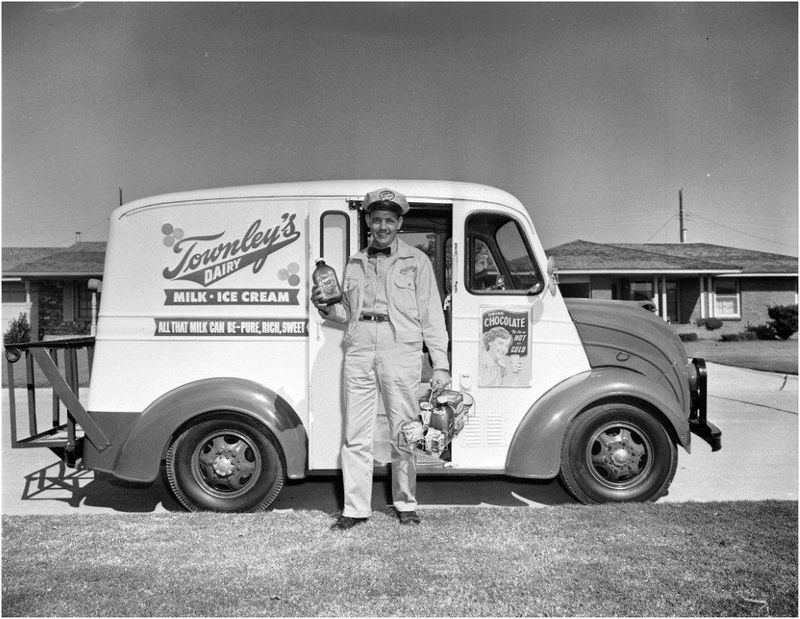
Each morning, the gentle clink of glass bottles announced the milkman’s arrival. Milk delivery was a staple in many neighborhoods, with fresh milk brought straight to the doorstep.
This service harkens back to a time when local dairies played a crucial role in communities. The sight of glass bottles with foil tops is now a charming memory.
Though this practice has largely faded, the idea of daily doorstep delivery foreshadowed modern grocery services, blending convenience with a personal touch.
6. Transistor Radio
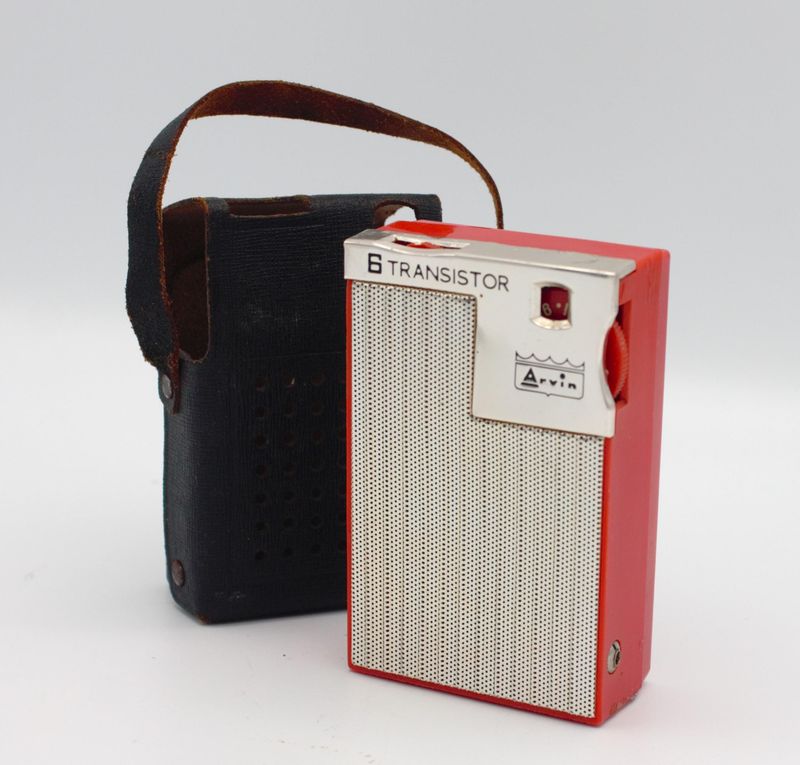
In the 1960s, the transistor radio was a gateway to the world of music and news. Portable and battery-operated, it allowed teens to tune into the latest hits wherever they went.
The crackle of AM/FM signals was a familiar sound, offering a connection to the wider world. Unlike today’s smartphones, this device was dedicated solely to audio.
Its appeal lay in its simplicity and portability, embodying the spirit of youth culture and independence. Now, a vintage piece, the transistor radio symbolizes an era of musical revolution.
7. Pinball Machine
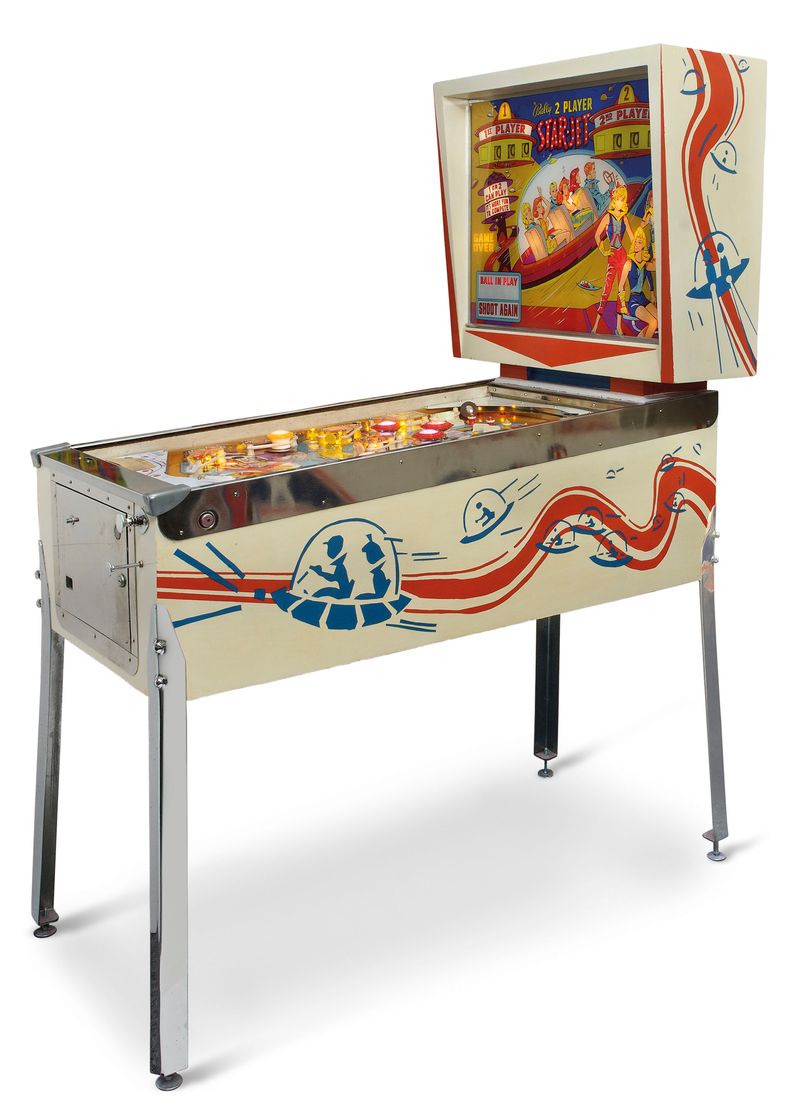
Long before video games, arcades were filled with the flashing lights and mechanical sounds of pinball machines. These games required skill and quick reflexes, not just a button press.
Tilting the machine too much could end the game, teaching players to balance finesse with excitement. The tactile feedback of flippers and the thrill of high scores were unmatched.
These machines offered a social experience, bringing people together for friendly competition. Even as digital entertainment prevails, the pinball machine remains a cherished icon of arcade history.
8. Film Camera
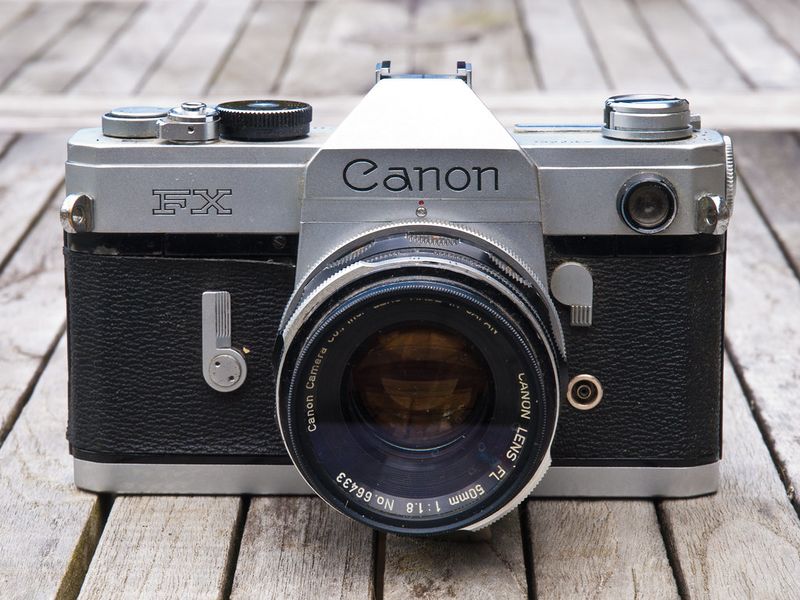
Before digital cameras, photography meant using film. Photographers had to carefully choose each shot, knowing they had a limited number of exposures.
The anticipation of developing film added excitement, as you couldn’t see images instantly. The process required patience, skill, and a touch of luck.
Film cameras captured moments with a unique quality, something today’s digital formats strive to emulate. While digital technology dominates, film photography is appreciated for its artistry and nostalgia.
9. Drive-In Theater
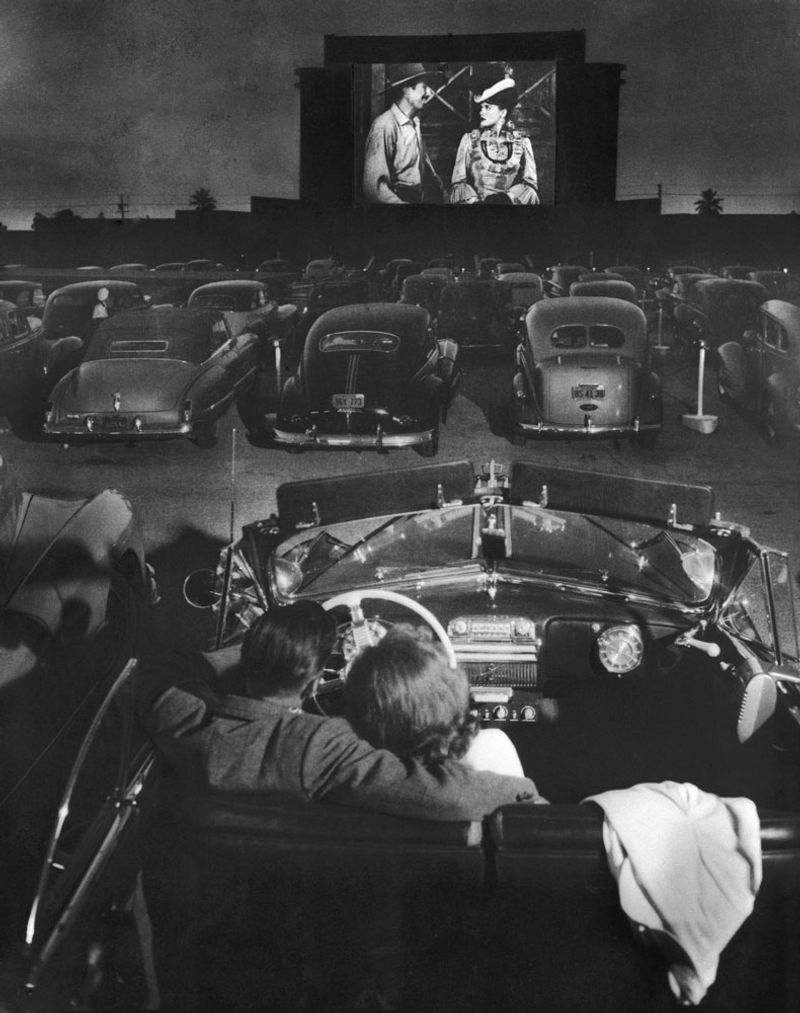
Imagine watching a movie from the comfort of your car, with the stars above. Drive-in theaters were a popular pastime, blending entertainment with a night out.
Families and friends gathered in their vehicles, tuning radios to catch the film’s sound. The experience was casual and social, unlike today’s theaters.
Though few drive-ins remain, their revival in recent times shows the timeless allure of this unique cinematic experience, where the ambiance was as important as the film itself.
10. Payphone
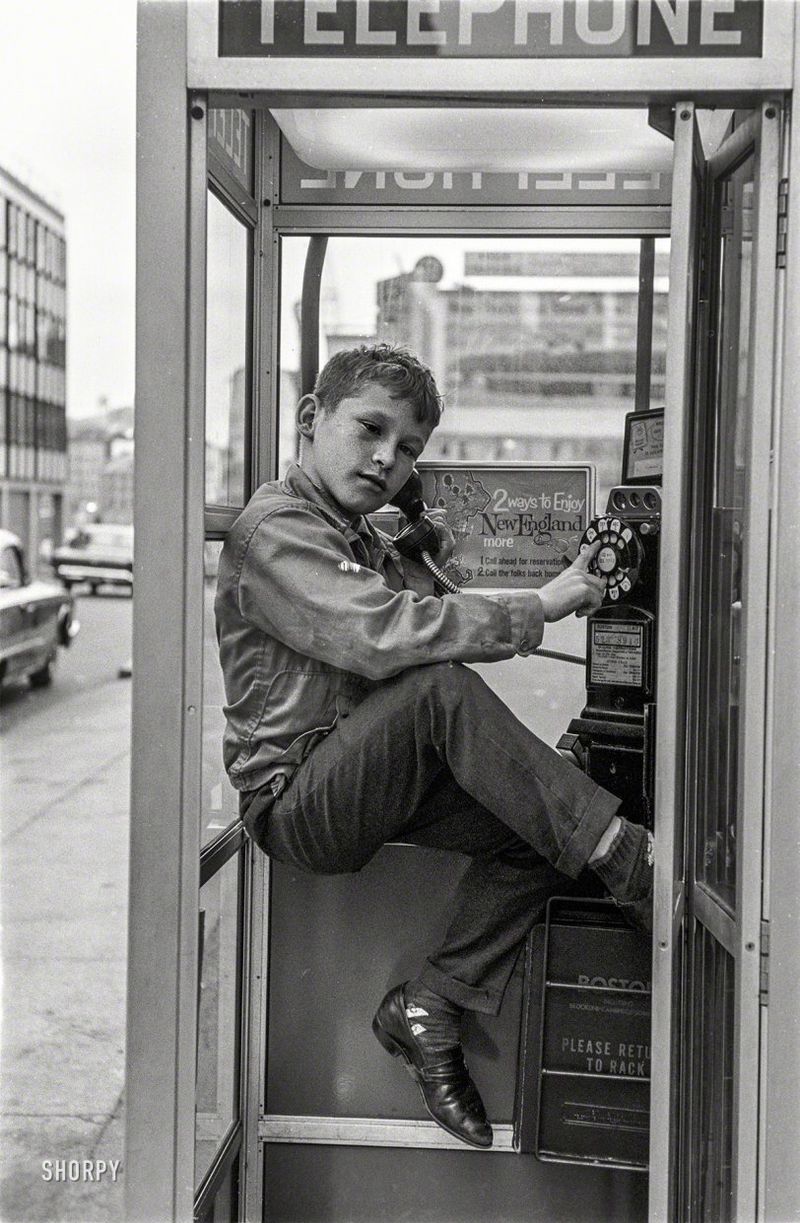
With a pocket full of change, you’d step into a payphone booth to make a call. These booths were essential for communication on the go.
Unlike cell phones, payphones required coins and often a good memory for numbers. They connected people in an era when calls were planned, not spontaneous.
Today, payphones are rare and often seen as historical curiosities, symbolizing a world where connectivity wasn’t at our fingertips but still vital to daily life.
11. Jukebox
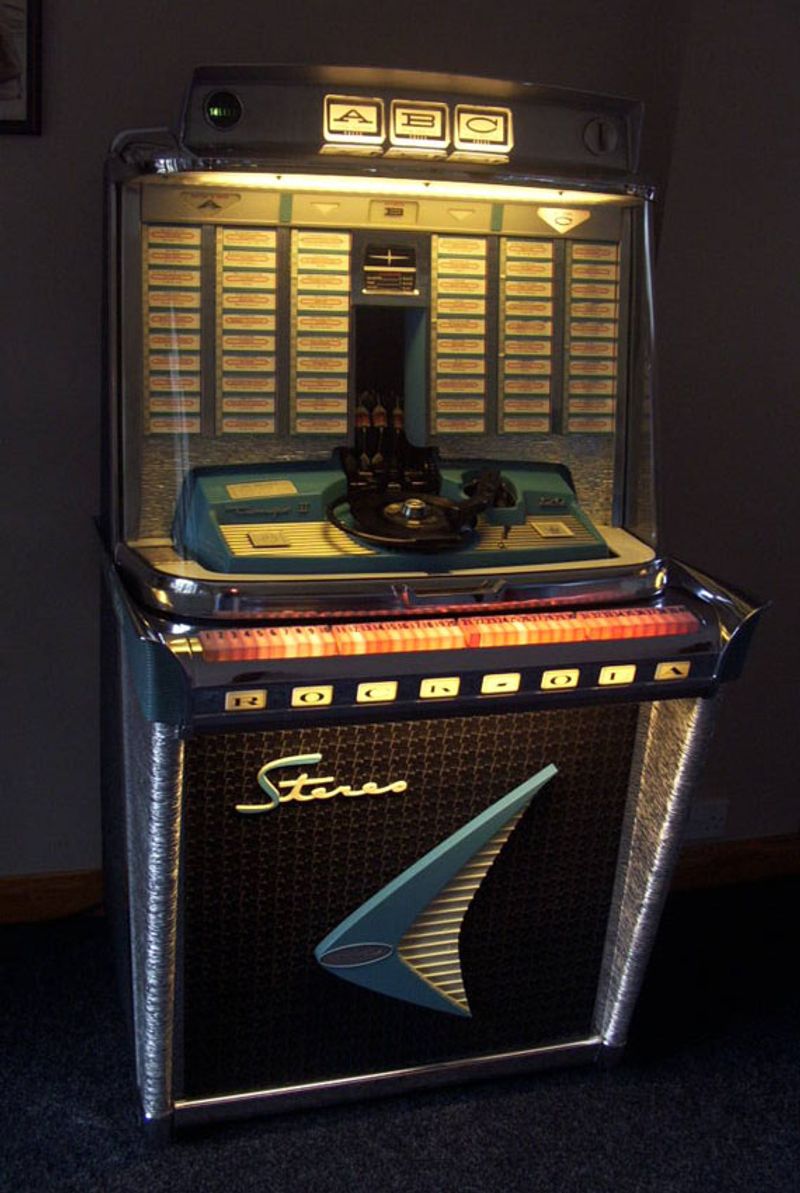
A nickel in the slot and your favorite song played next. The jukebox was a centerpiece in diners and bars, offering music on demand.
Selecting songs from a jukebox was an interactive experience, bringing life to social venues. It was a shared moment of joy, choosing the perfect track.
While digital playlists have taken over, jukeboxes evoke nostalgia for communal music enjoyment and the tactile pleasure of flipping through song titles.
12. Penny Candy
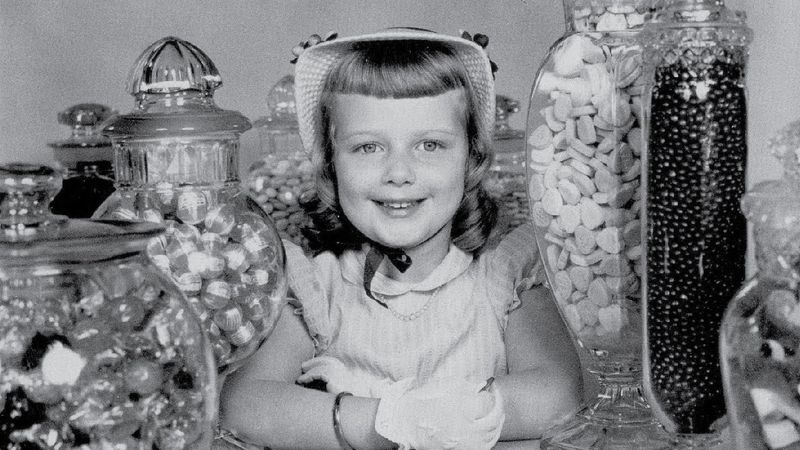
With just a penny, kids could indulge in a sweet treat. Penny candy represented a delightful array of choices, from licorice to bubble gum.
These candies were often displayed in jars, inviting children to pick their favorites. The experience was both a simple pleasure and an exercise in decision-making.
Though inflation has ended the era of penny candy, the concept of affordable treats lives on in memory, a symbol of simpler times and childhood joy.
13. Home Movies
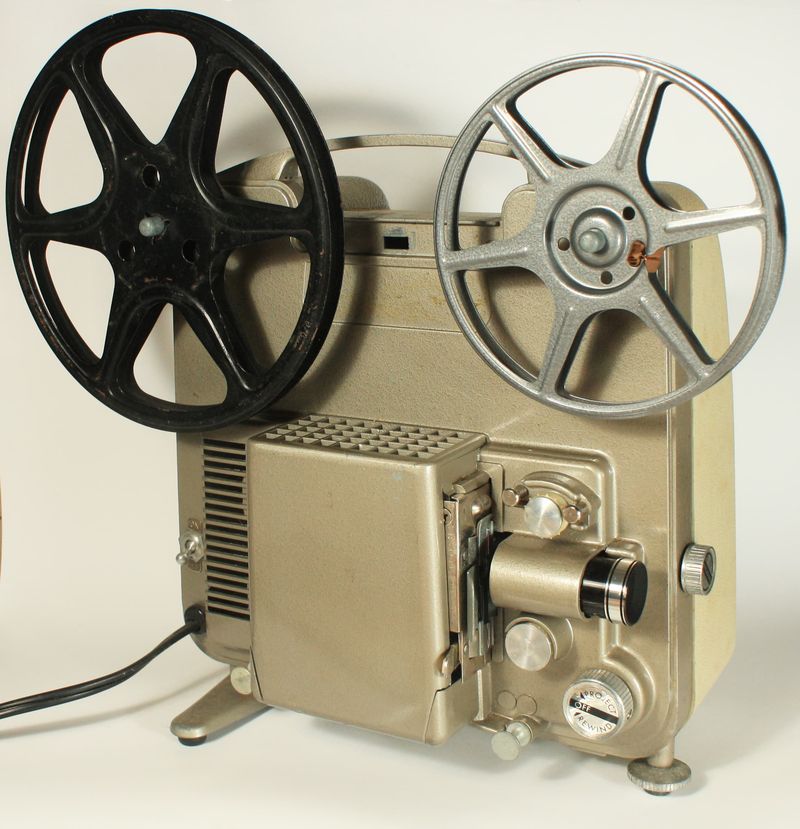
Before smartphones and video apps, home movies captured family memories on film. The projector’s whirring noise and the gentle flicker of images were part of the charm.
Watching these movies was a communal event, often followed by laughter and storytelling. The anticipation of seeing oneself on screen added excitement.
Though digital video is now the norm, the ritual of gathering to watch home movies remains a cherished tradition, connecting past and present through shared experiences.

